Celebrate Black History Month with us as we take you back to ancient Africa and the origins of humanity.
Ever since Charles’ Darwin’s publication of “Origin of Species” in 1859, a growing number of scientists have postulated that Africa is the original home of our species, Homo sapiens. And for the next 155 years, we scientists have used evidence, first skeletal and later molecular (DNA), in the form of data to support that hypothesis. However, due to poor bone and tooth preservation in tropical ancient remains, it was not until just six years ago that we were able to fully grow the field of African ancient DNA (aDNA, or the DNA analysis of ancient individuals) to help solidify this statement: Our species arose in Sub-Saharan Africa.
New Discoveries of Ancient Genomes
Why did it take so long for African aDNA to join the thousands of other global ancient genomes we had already decoded? The answer is simple, biological preservation in tropical regions is extremely poor. The minuscule molecule of DNA does not survive the continuous high heat and humidity of the world’s second largest continent. But in the last six years, the field of aDNA has changed. New DNA extraction techniques now allow researchers to better extract aDNA from not just teeth, but also the cranium’s petrous (inner-ear) bone. With the DNA extraction methods available, Africa has fully joined the field of paleogenomics.
Ancient African Y-DNA
Not only is Africa the cradle of humanity, but it is also the most genetically diverse continent in the world. Since 2017, ancient genomes from Africa have increased more than one-hundred fold. The total is now more than 200, revealing some of the most divergent branches of the human family tree. An ancient individual from the site of Shum Laka in Cameroon proved to be from a Y-chromosome DNA lineage (a Y-DNA haplogroup) that separated from other groups more than 230,000 years ago. This individual is from the rare haplogroup A00. The haplogroup was previously discovered through modern DNA sequencing of a few living individuals with ancestral connections that also go back to Cameroon. The fact that the rare lineage survived, we discovered it, and it is still living in the same part of the world is astonishing.
Ancient African mtDNA
A similar story can be told from the maternally-inherited mitochondrial DNA (mtDNA) side. Now, with the dawn of African aDNA, we have hundreds of ancient mitochondrial genomes. Among those, we have seen several of the most divergent haplogroups, including L0, L1, and even L7. Yes, haplogroup L7, just named in 2022 by a team of researchers from FamilyTreeDNA, was discovered in an ancient individual from Malawi in southeastern Africa the previous year. This mtDNA haplogroup is so rare that it’s only been seen in about two dozen living individuals, mostly from eastern and southern Africa. Once again, aDNA shows that lineages most likely originated in that same part of the “dark continent.”
The Dark Continent
Yes, aDNA research in Africa, like those detailed earlier, are finally shedding light into the once labeled dark continent. Speaking of dark, just two years ago, autosomal DNA (atDNA) researchers discovered that a previously unknown African “ghost species,” a human relative, had lived in West Africa, side-by-side with humans for tens of thousands of years. The ghost species is known only from its contribution of nuclear or atDNA (neither Y-DNA nor mtDNA) into the genomes of living West Africans. Who these ghostly relatives were, and where and how they lived and interacted with early humans, still remain in the dark.
Continuing Ancient DNA Research
Researchers continue to shed light on African aDNA, now across several countries on the continent and from several distinct prehistoric time periods. In order to carry out the work, in an ethical and locally-led manner, an international research group has embarked on a series of aDNA education and outreach activities throughout Africa. Just last month, a conference and educational forum was held in Khartoum, Sudan. This purpose was to help train and educate local archaeologists and scholars in the methods of this new and exciting field. This coming May, the work will continue with DNAirobi; a Kenya-led aDNA conference and education initiative to be held at the Kenya National Museum (KNM) in Nairobi. Coincidentally, KNM is also the home to some of the most famous and important human and human-ancestor fossils ever discovered. In a sense, the field of human evolutionary studies seems to be coming full circle with the exciting efforts happening in Nairobi later this spring.
What’s Next for African aDNA?
The field of aDNA is growing fast across Sub-Saharan Africa, and with it is the potential for all of us to learn so much more about our shared human ancestry. Stay tuned for more papers and ancient connections from Africa surfacing later this year, including a new aDNA manuscript from the Indian Ocean coast of Kenya as well as a genomic analysis from an African burial ground, unearthed just a few years ago in Charleston, South Carolina.







Born in Scotland with white skin and blue eyes, my YDNA haplogroup is E1b1b1 (M35.1) – Berber. this fascinates me. My known ancestry for the last two millennia is European and mtDNA seems to be H. I deduce that the North African/Iberian invasion and Roman army mercenaries in Britain probably have led to my mixture.
Yes. That seems to have been definitely Roman-mediated.
Is the track on the map into New Zealand correct? I thought Pacific islanders sailed westwards from South America during the past millennia or so.